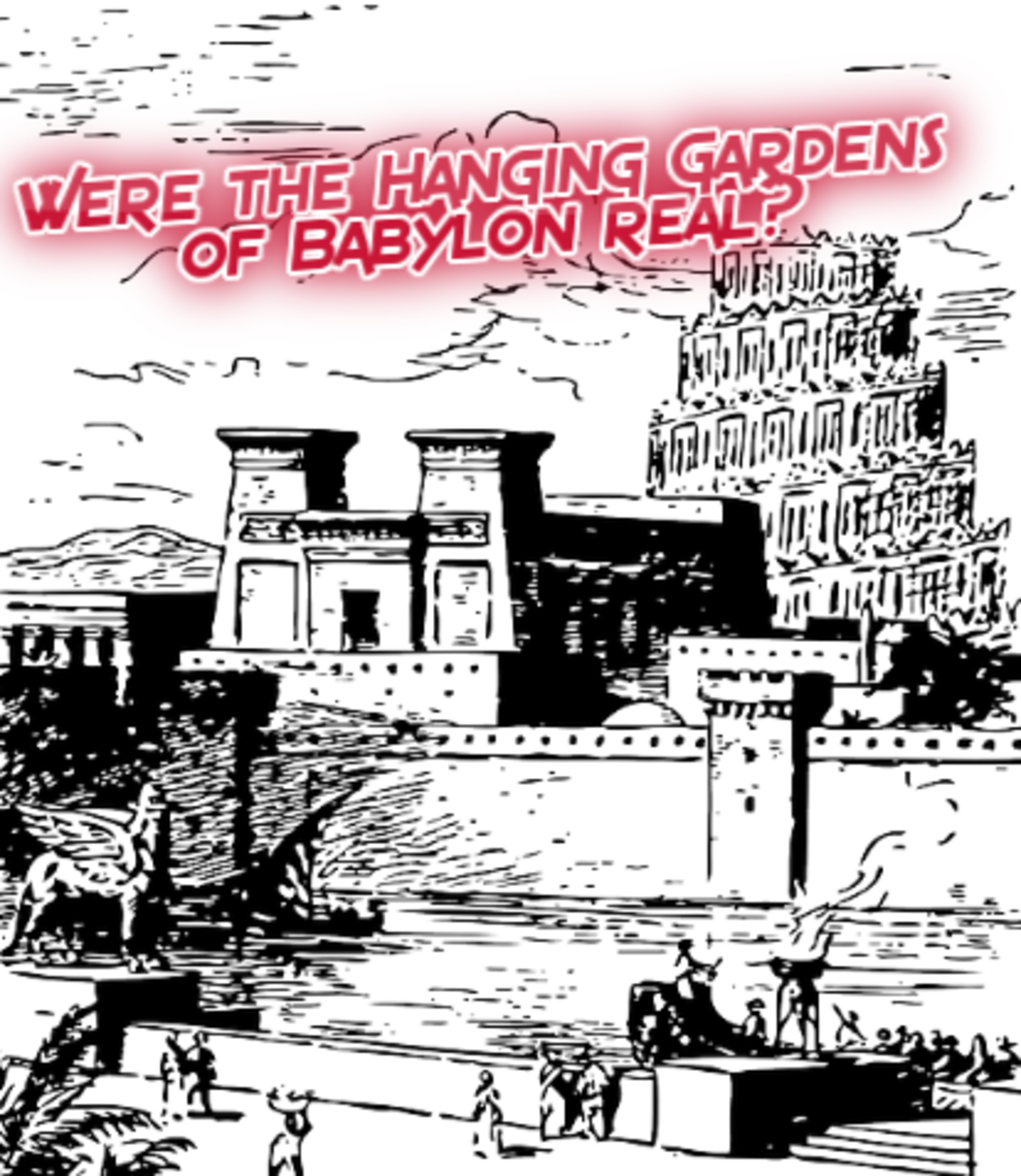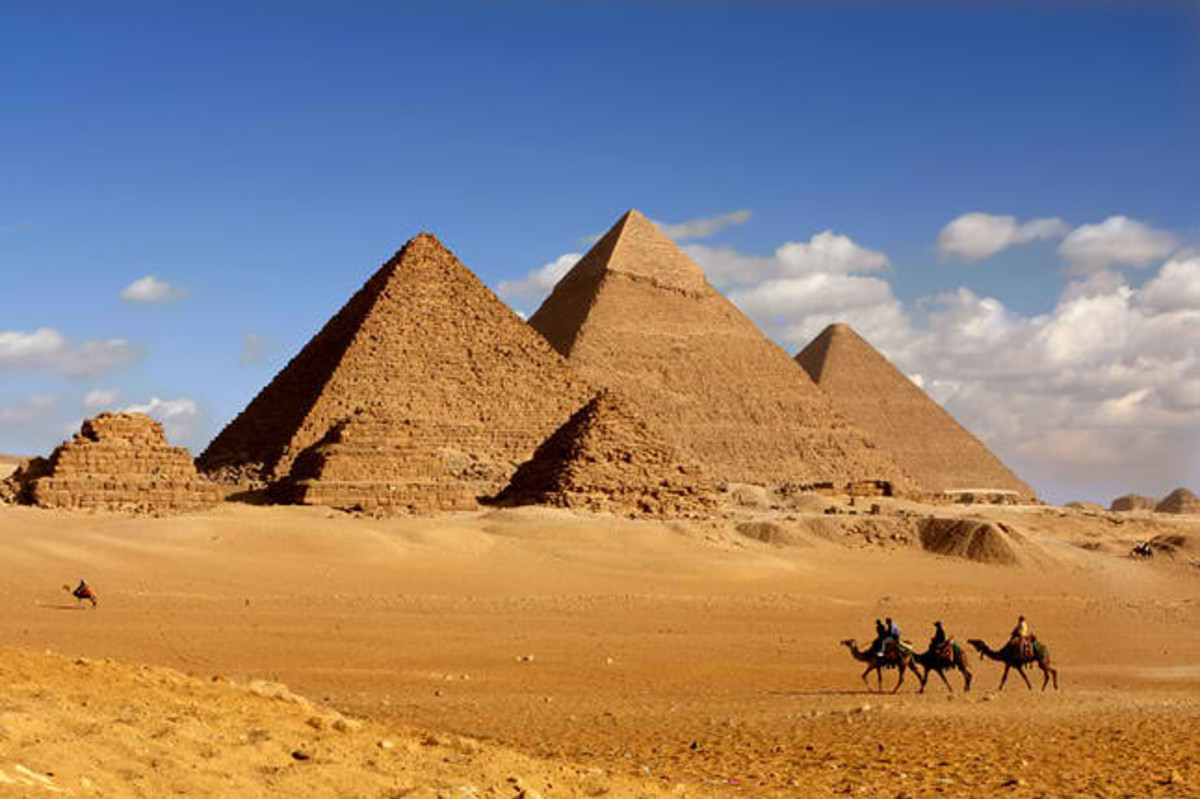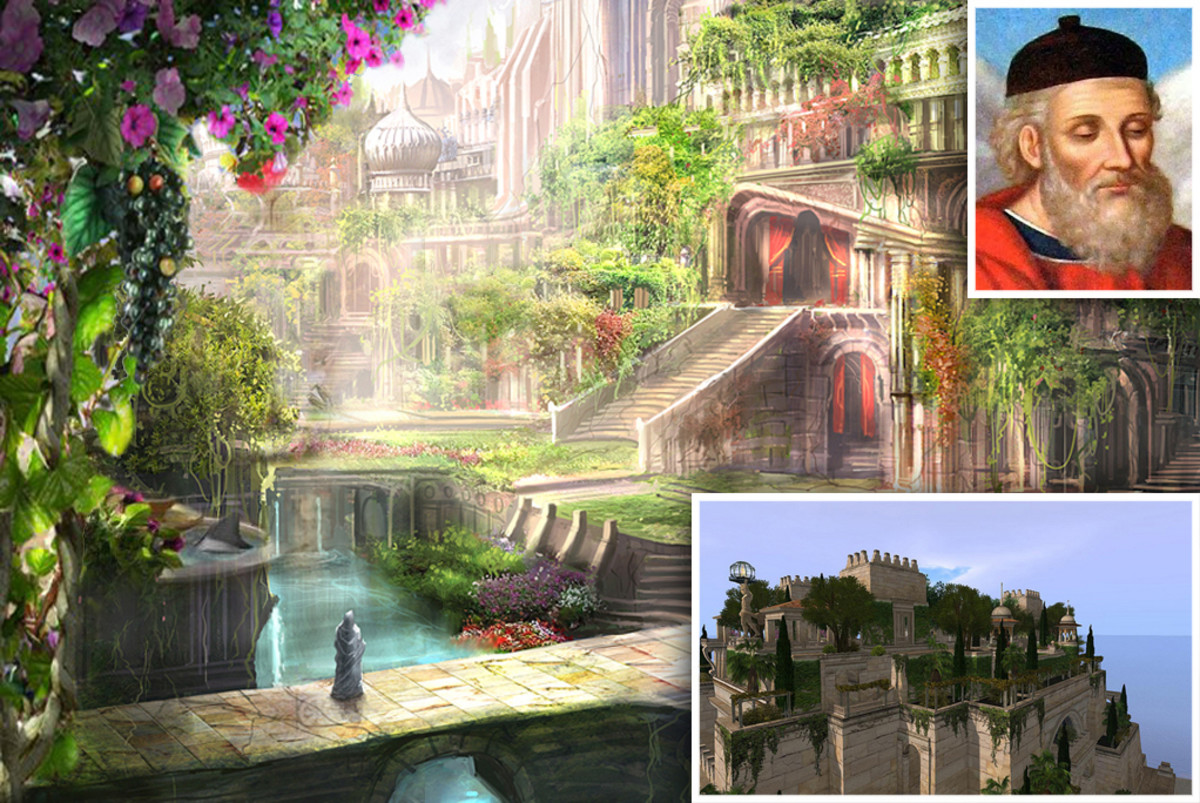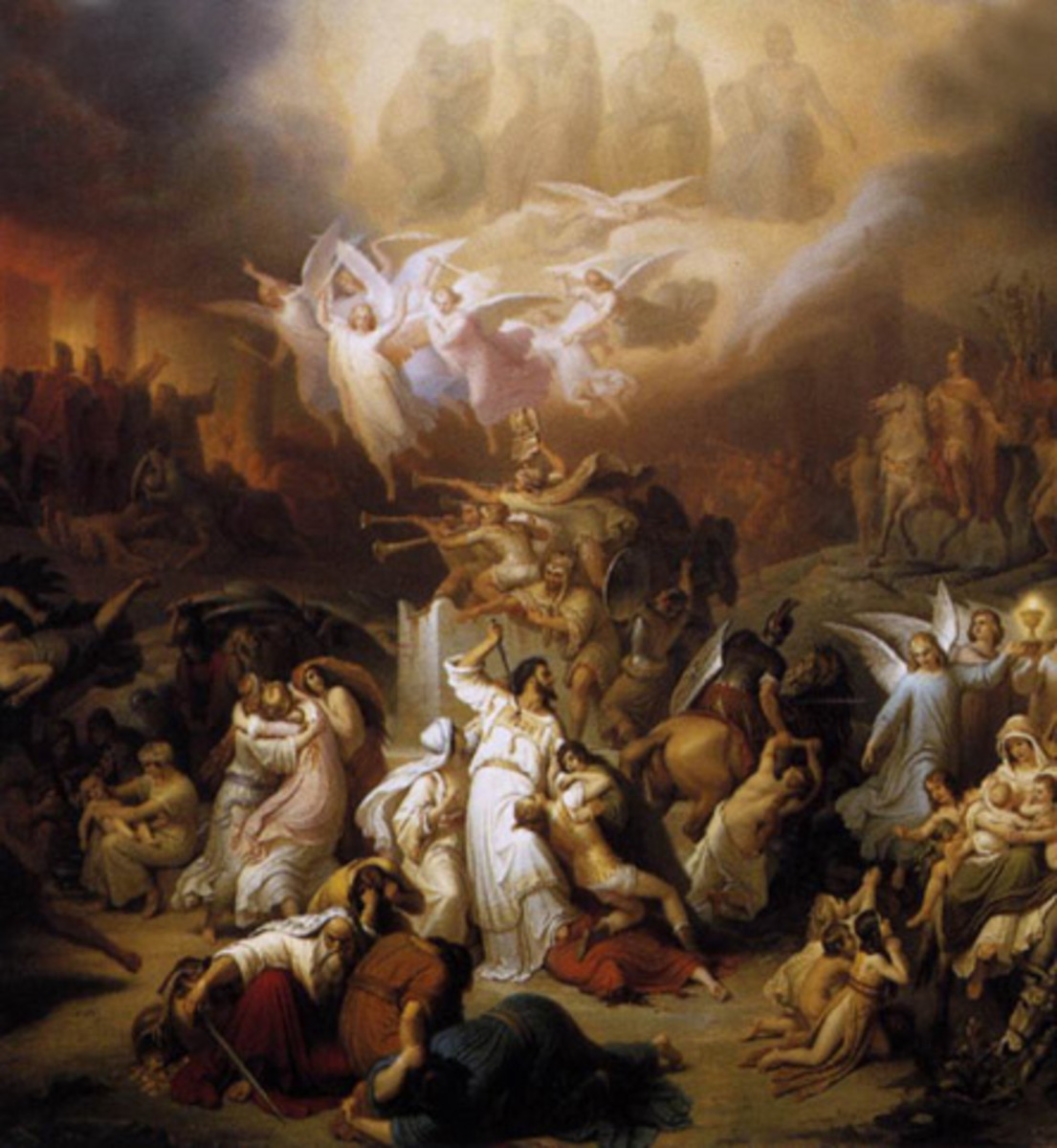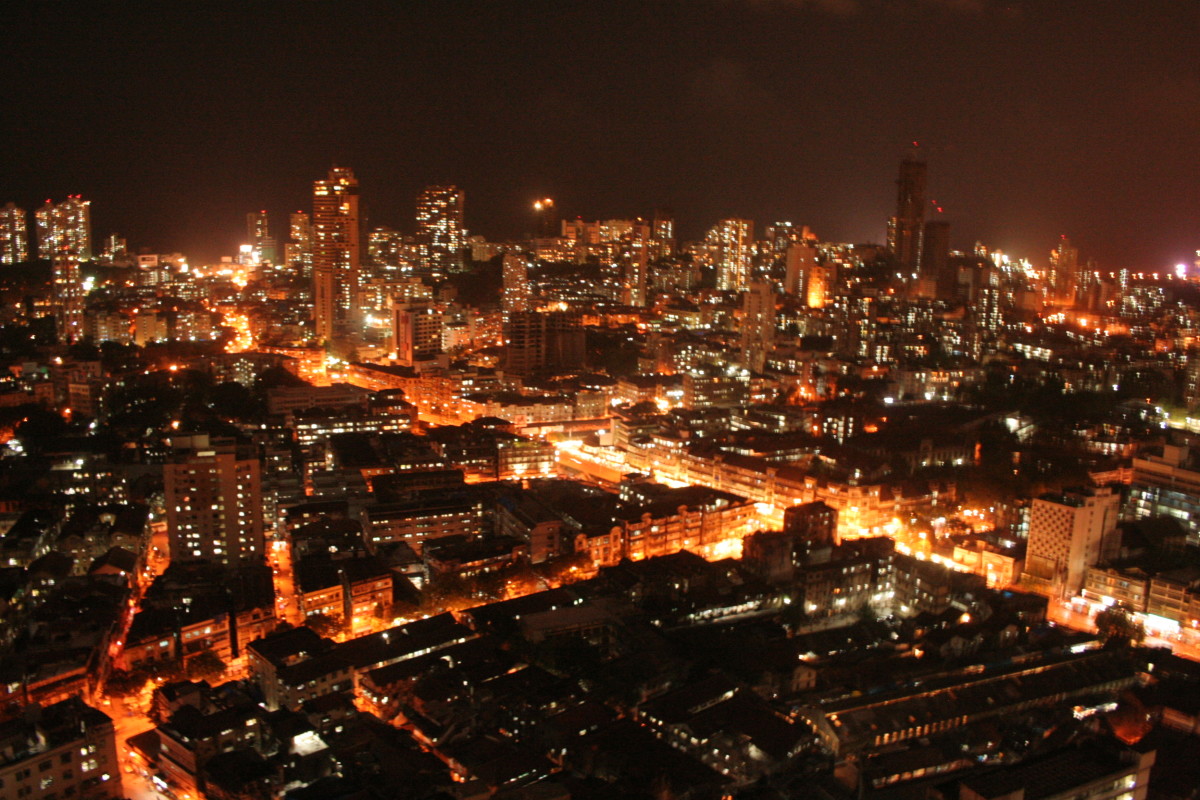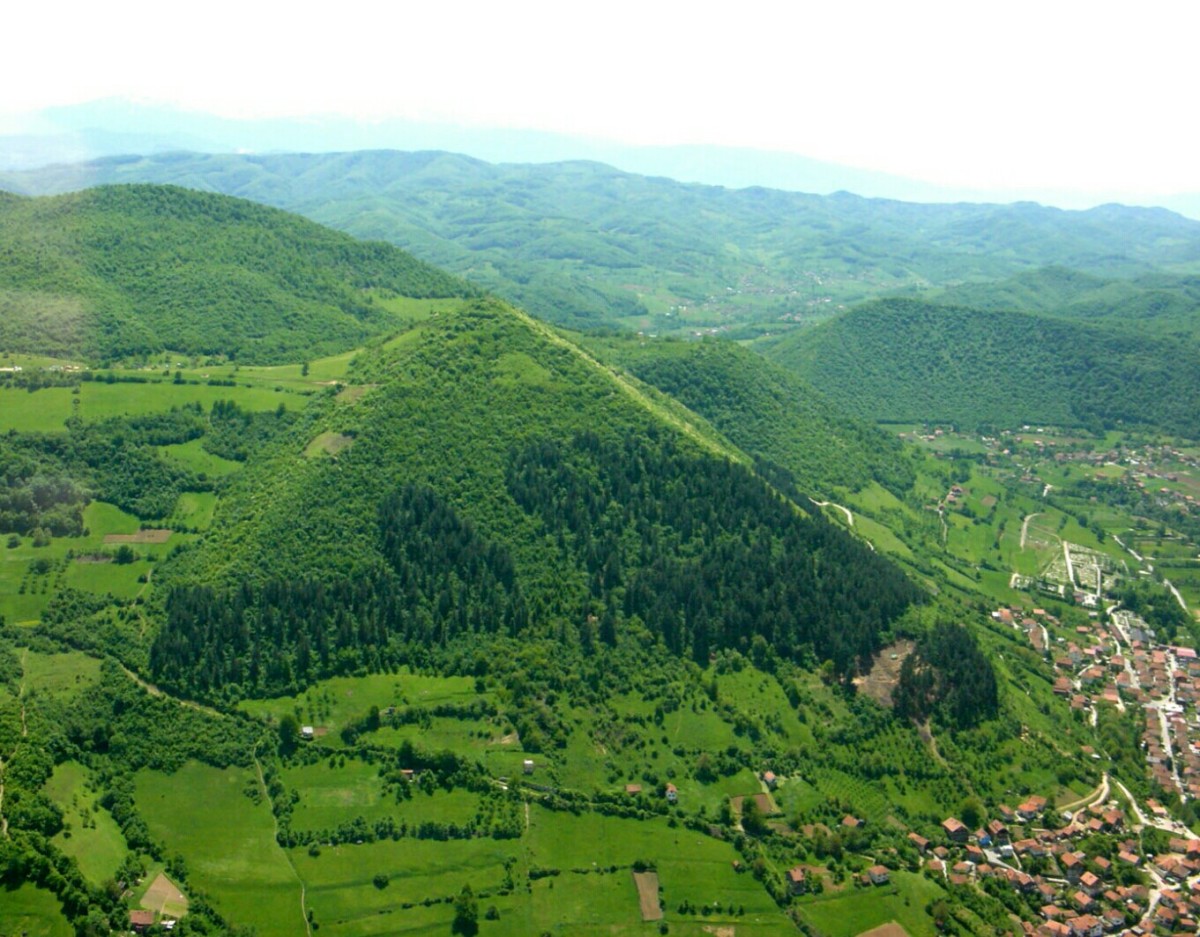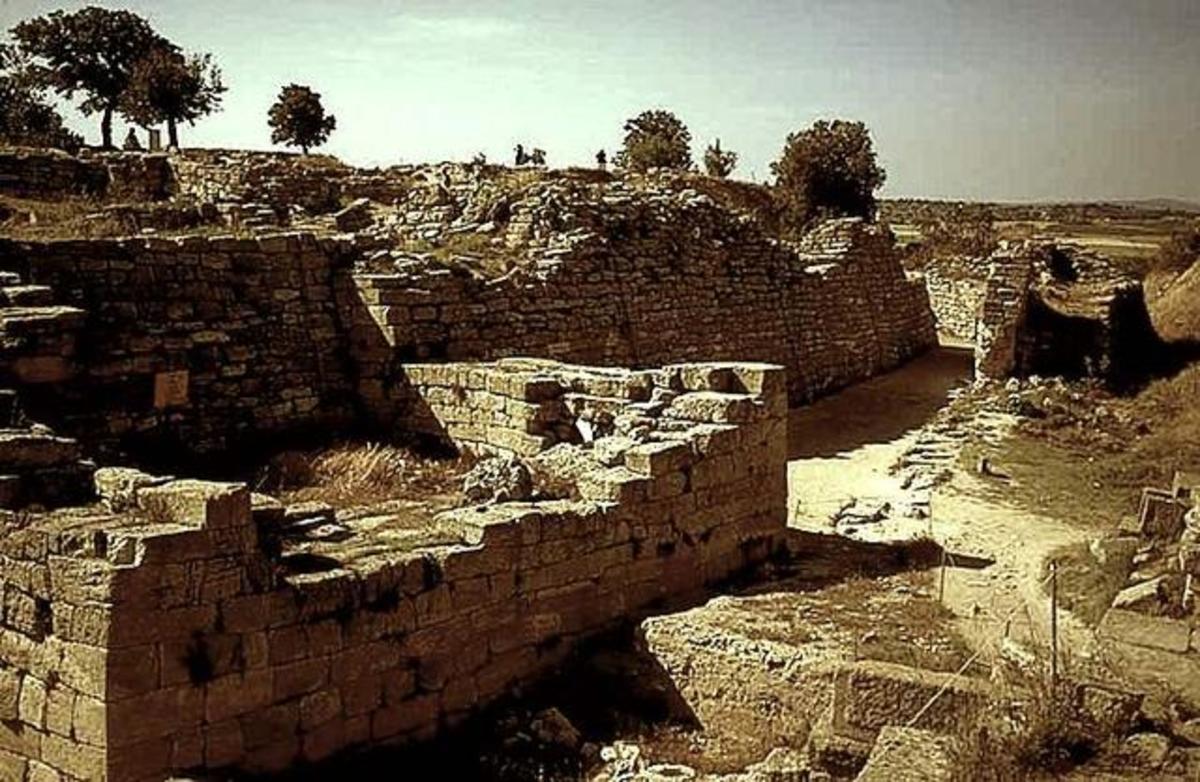- HubPages»
- Education and Science»
- History & Archaeology»
- Archaeology
Historical Landmarks: The Hanging Gardens of Babylon
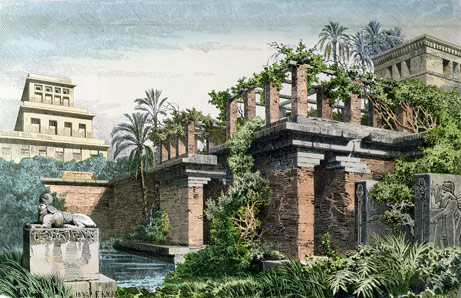
The Hanging Gardens of Babylon famed as one of the 7 Wonders of the Ancient World is said to be a garden paradise planted on huge quadrangular bricks, seemingly constructed in a terrace-like manner as if a theatre. The “wonder” is believed to be constructed sometime between 600 and 560 BC by the King of Babylonia – Nebuchadnezzar II to ease her wife’s longing for the meadows of her birthplace, Media. However, among the distinguished 7 Wonders of the Ancient World, the Hanging Gardens of Babylon is the only one which – its exact location and any archaeological evidence- has not yet been fully established. The lack of fundamental evidence brought about reasonable assertion that the “Hanging Gardens of Babylon” has never really existed – making it factual only in ancient texts.
Historical Writings
There are in fact several ancient writings which contain descriptions about the Hanging Gardens. Though, most of these writings were quoted from earlier authors. Berossus, a Babylonian priest of Marduk (active around 290 BC) first described the Hanging Gardens of Babylon. The book on which Berossus had described the “wonder” can’t be found today. However, Flavius Josephus quoted Berossus when he described the gardens:
In this palace he erected very high walks, supported by stone pillars; and by planting what was called a pensile paradise, and replenishing it with all sorts of trees, he rendered the prospect an exact resemblance of a mountainous country. This he did to gratify his queen, because she had been brought up in Media, and was fond of a mountainous situation.
— - Joseph. contr. Appion. lib. 1. c. 19.—Syncel. Chron. 220.—Euseb. Præp. Evan. lib. 9.Diodorus Siculus, Quintus Curtius Rufus, Strabo, as well as Philo of Byzantium – in their written texts - had all described the garden in detail.
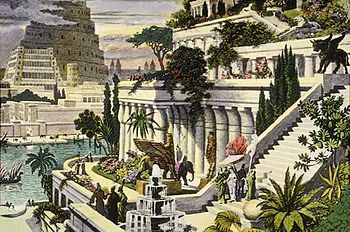
Star Fact
Of all writers who have written an account about the Hanging Gardens, only Berossus attributed King Nebuchadnezzar II of its construction.
The Hanging Gardens were elevated as high as 80 ft. above. Parts of the structure elevated from one another like stairways which according to some accounts would have been looked like a theatre. The flat, quadrangle in shape surface where trees are planted, were so wide that four-horse chariots could pass one another. These surfaces were strong enough to carry out the heavy weight of the numerous trees planted above it, add up to that the massive load of soil dumped into each surface. The whole structure were supported by arched vaults and columns made up of rocks. The abundant water directed from the river Euphrates (using screws) nourished the planted trees and all flowering plants.
The Controversy
- Authorities have team up in search of traces or any archaeological evidence of the Hanging Gardens. Unfortunately, among the Babylonian ancient remains, nothing significant has been found.
- King Nebuchadnezzar II, just like the other rulers of the early civilizations, boasted in the ancient written texts his projects. Surprisingly, none single text is ever attributed to the construction of Hanging Gardens at Babylon. It couldn’t be the case that King Nebuchadnezzar II had forgotten about such “wonder”.
- Babylonian cuneiform and writings state no mention of the famed Hanging Gardens or anything similar to what the classic authors had described.
- Herodotus, a Greek traveler and Historian have failed to mention the Hanging Gardens when he described Babylon in the mid-5th century BC. If the “wonder” was built around 600 BC and 560 BC, Herodotus would have not missed to see the Hanging Gardens. How could Herodotus, the Greek who is now renowned as the “Father of History” forgot to remark a “wonder of the world”? (Another account stated that Herodotus had never visited Babylonia, however his informants were Chaldeans).
- Herodotus is not alone in his non-apparent failure to mention the Hanging Gardens. There is also Xenophon who did not forget to describe the great walls of Babylon but the gardens.
The ancient written texts by the Classical authors (mostly Greeks) were enriched with descriptions of the well-known Hanging Gardens. Descriptions of the said “wonder” were similar from each of the written texts. Moreover, all of these texts mentioned one single place to which the Hanging Gardens were said to be constructed, Babylon.
Recent Academic Theory
Dr. Stephanie Dalley, a retiree from Oxford University proposed that the Hanging Gardens were never built up in Babylon but instead at Nineveh in Assyria, 300 miles North of Babylon under the supervision of King (reigned 704 – 681 BC).
This bold theory challenge not only an ancient written-based fact, it has defy a widely-accepted truth. But, Dr. Stephanie Dalley, proficient in Middle Eastern languages backed up her assertion with substantial written evidence.
- Assyria and Babylonia were the two main civilizations in Ancient Mesopotamia. The two were often confused in ancient writings. The most prominent is that of the Old Testament of Judith which cited Nebuchadnezzar as the King of Assyria with his royal residence at Nineveh, where in fact, it is Sennacherib who is the Assyrian King. (Much of this is written by Stephanie in her book, “Nineveh, Babylon and the Hanging Gardens: Cuneiform and Classical Sources reconciled”).
- Relief sculpture in Assurbanipal’s palace shows gardens of Sennacherib. (Assurbanipal is Sennacherib’s grandson). “Sir Henry Rawlinson and other Assyrian scholars identified (it) with the famous hanging gardens of Nebuchadnezzar” – H. Rassam, Asshur and the Land of Nimrod (London 1897), 355; via “Nineveh, Babylon and the Hanging Gardens: Cuneiform and Classical Sources reconciled”
Which of the 7 Ancient Wonders do you think is the most wonderful?
- Early civilizations were known to put inscriptions in their works, containing boasted descriptions of their constructions. As said, King Sennacherib of Nineveh, Assyria described his engineering work supplying Nineveh with abundant water primarily used for drinking and watering the “gardens”. Quite interesting! (Note that Babylon has never secured us with inscriptions or anything that in some ways would pertain to the Hanging Gardens).
- King Sennacherib used the phrase “A wonder for all peoples” in describing his palace and gardens.
- Recently, Archaeologists unearthed traces of aqueducts (watercourses) located near Nineveh. This archaeological find was marked with an interesting inscription: "Sennacherib king of the world … Over a great distance I had a watercourse directed to the environs of Nineveh …"
- According to Dr. Dalley this aqueducts could have been a part of the much larger waterway used to drive out water to Nineveh.
Dr. Dalley points out that the actual site of the famed Hanging Gardens can’t be seen elsewhere in Babylon but located in Nineveh.
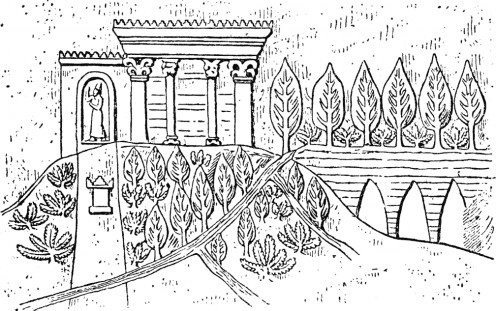
Is this helpful?
Related Articles
- Historical Landmarks: Temple of Artemis at Ephesus
The Temple of Artemis, known as one of the 7 Ancient Wonders of the World was built up around the city of Ephesus (located in modern day Turkey). The temple was created to honor the Olympian goddess Artemis, twin sister of Apollo and daughter of Zeus
© 2013 LG

